In Flanders Fields, the famous World War I poem written by John McCrae, has become a timeless testament to the horrors and sacrifices of war. With its vivid imagery and haunting refrain, the poem has left a lasting impact on literature and culture and has been widely read and recited since its birth. But what is the story behind this poignant work? In this blog post, we will explore the background and context while giving you an In Flanders Fields summary, including the events that inspired it, the life and career of its author, and the poem’s lasting legacy.
The Poet: John McCrae
John McCrae was born in Guelph, Ontario November 30th, 1872, where he developed an interest in Military, Medicine, and Poetry. At 14, John would join the Highfield Cadet Corps and then enlist in his father’s Militia Field Battery at 17. At 16, he graduated from Guelph Collegiate and was the first of their students to win a scholarship to the College of Toronto, where he became a medical student. Sadly due to severe Asthma, John had to take a year off school but spent that time teaching English and Math at Ontario Agricultural College as a Resident Assistant Master. During his time at U of T, he had a rather successful medical career and continued to excel while keeping up with his love of poetry, ultimately having 16 poems and several short stories published in various magazines, including the popular magazine Saturday Night.
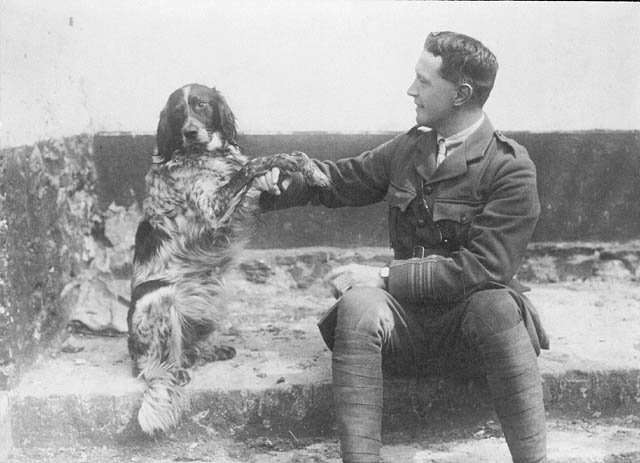
John with Bonneau
World War I: Setting the Stage
When Britain declared war on Germany, Canada was also pulled in for being a Dominion within the British Empire. At 41, McCrae volunteered for service despite his fears and was appointed Medical Officer and Major of the 1st Brigade CFA (Canadian Field Artillery.) In 1915, during the Second Battle of Ypres, McCrae treated the wounded out of a small, hastily-built bunker in the dykes of Yser Canal. During this battle, John lost one of his long-time friends, Lt. Alexis Helmer, inspiring the poem In Flanders Fields, written on May 3rd after the funeral and then published in London’s Punch magazine on December 8th, later that year.
In Flanders Fields
In Flanders Fields, the poppies blow
Between the crosses, row on row,
That mark our place; and in the sky
The larks, still bravely singing, fly
Scarce heard amid the guns below.
We are the dead, short days ago
We lived, felt dawn, saw sunset glow,
Loved and were loved, and now we lie
In Flanders fields.
Take up our quarrel with the foe:
To you from failing hands we throw
The torch; be yours to hold it high.
If ye break faith with us who die
We shall not sleep, though poppies grow
In Flanders fields.
A Poem written from the perspective of the dead soldiers buried at Flanders Fields, with its haunting and sad imagery, has stuck with people through the decades. Going so far as to make its place in Remembrance day speeches and Military Memorials to this day. Because of the imagery of Poppies growing on the graves, people have worn the red flower as a sign of respect and remembrance.
John McCrae’s Legacy
John McCrae died on January 28th, 1918, of pneumonia at the British General Hospital in Wimereux, France, while still commanding the No. 3 Canadian General Hospital at Boulogne. His funeral was held the following day with friends, staff, and his beloved charger, “Bonfire,” laying him to rest at the Commonwealth War Graves Commission section of Wimereux Cemetery, just a few kilometers from the last hospital he commanded. A Memorial that features In Flanders Fields has been erected beside the cemetery and officially named the “John McCrae Memorial Site” by the Belgium Government. John McCrae was a well-respected medical practitioner and military officer, and his memory lives on through In Flanders Fields.

John with Bonfire and Bonneau

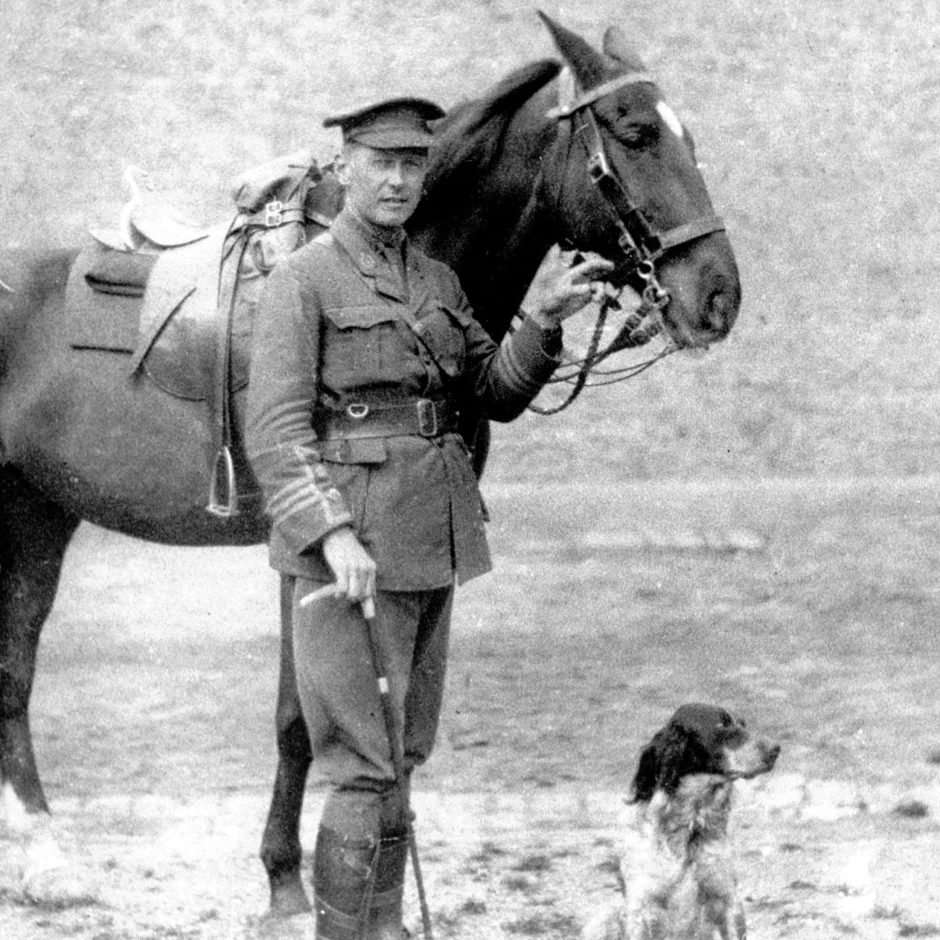
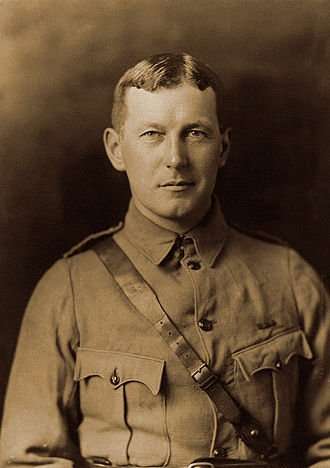
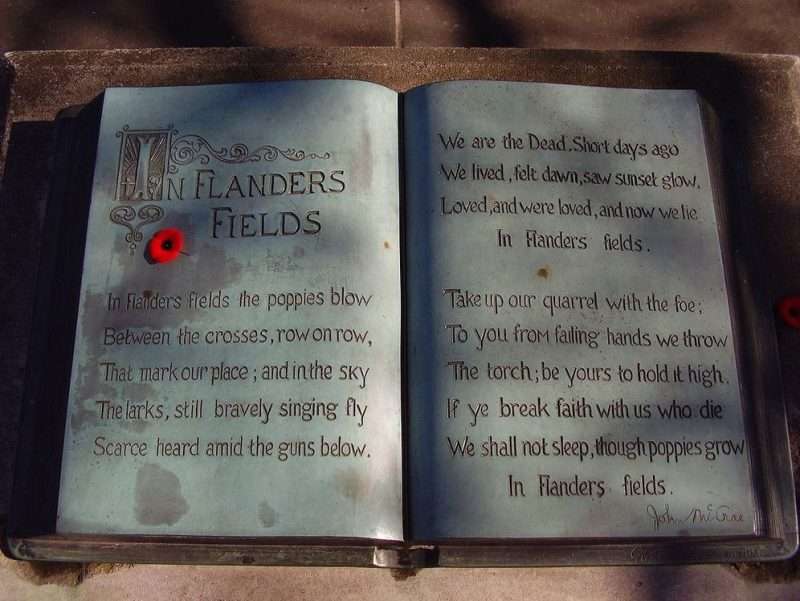
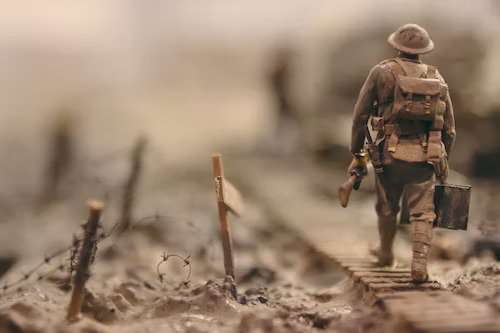







0 Comments